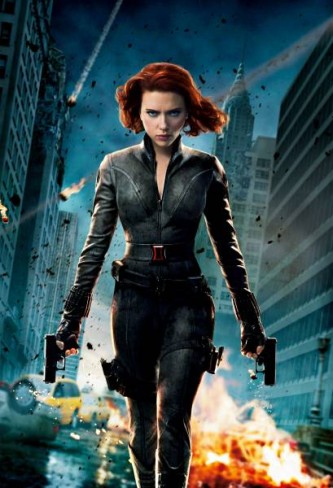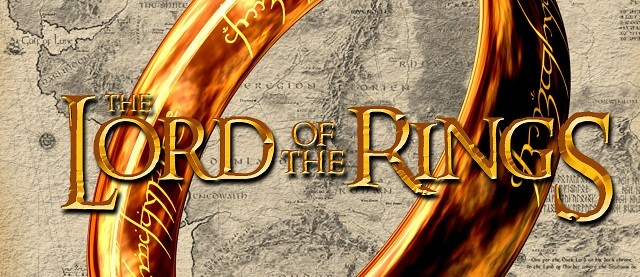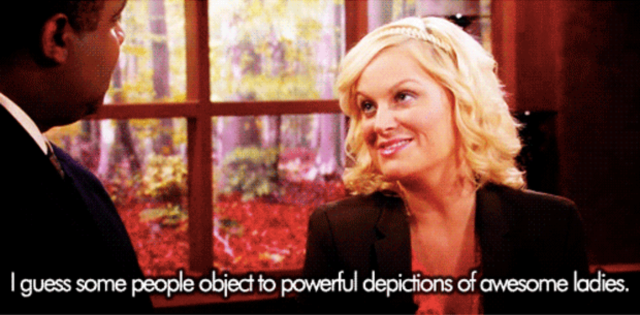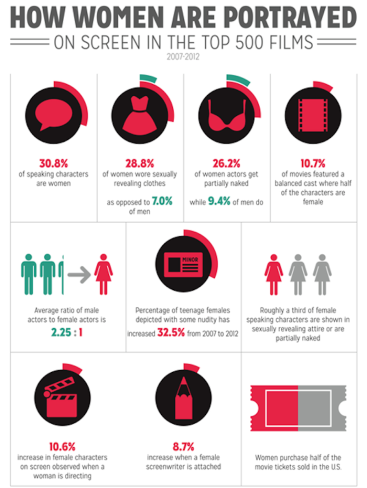We all see movies. Nowadays, there’s no dearth genres in the visual medium industry. You have romance, horror, sci-fi, comedy, dark comedy, romantic comedy, funny superhero, gritty and ‘realistic’ superhero and so on. You get the gist.
But, here’s a thought: how do the makers of the movies belonging to the aforementioned genres go about treating their female members? Hint: Not well at all. Take The Avengers. There’s been a spin-off film finalized for every single Avenger apart from The Black Widow (and please don’t go around clamoring about how Hawkeye doesn’t have one either. Compare screen time for both in all Marvel movies till date and you’ll see that Natasha Romanoff is way ahead of Clint Barton).
So then why are the doyens of the Marvel franchise so hesitant to give a firm ‘yes’ to this venture ? It’s not like their movies are bombing at the box office (far from it). There’s definitely no problem with Scarlett Johansson’s acting abilities. Toh phir problem kya hai ?
TESTING FOR WOMEN….ONE,TWO, NONE
Here’s a little test for you the next time you watch a movie. It’s called the Bechdel test and is a benchmark for movies, conceptualized by Alison Bechdel in 1985. If a movie is to pass the Bechdel test, it has to have at least ONE scene in which two or more named female characters have a conversation about anything besides men . And by anything I really do mean any inane topic under the sun.A note of clarification. Just because a movie may pass the Bechdel test, doesn’t necessarily mean that it’s ‘okayed’ for female representation in any manner. Similarly, failing the test doesn’t make a movie ‘anti-woman’. The entire practice gives the viewer an idea as to how women are portrayed in cinema.
The shocking part, however, is that entire FRANCHISES have failed the Bechdel Test. Which ones, you ask ? Well, these two, for starters.
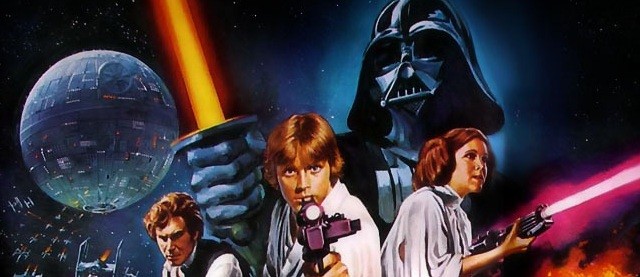
Surprised ? You’ll be even more surprised the next time you go and watch a movie. Go ahead, try this little gimmick out for yourself.
BOLLYWOOD AND WOMEN
It’s not a healthy relationship at all. With the return of the 80s action hero masala flicks and the advent of movies depicting well-rounded female leads, we’re caught in a dichotomous situation. On one end is a simpering, interchangeable heroine entertaining the (socially-approved) eve-teasing of a macho man, wherein on the other end is a woman forging her own path in life, with her own experiences being the highlight of the film.
Of course, the latter category of movies are few and far in between: Kahaani, Queen, Mardaani, The Dirty Picture and No One Killed Jessica are some of the more recent works that come to mind.
It’s somewhat heartening to see a rise in these ‘women-centric’ filmmaking ventures. But a bigger problem here is that the dumbing down of women in cinema (just think of any role Sonakshi Sinha has done till date) isn’t helping a society already mired in patriarchy.
HOLLYWOOD, YOU’RE NOT DOING THAT WELL EITHER
Before you show me Gone Girl, don’t bother. Loved the movie and every single Best Actress nominee out there.
What I would like to shift your focus on, dear reader, is the Supporting Actress nominations. Prepare for disappointment, one-dimension characters and the bracketing of women into our age-old roles of the Wife, the Daughter, the Sister and the Mother. Contrast this with the Supporting Actor nominations, where we were treated to everything from a conflicted father to a temperamental actor.
There’s clearly a need to broaden the roles available in cinema today for the members of the female gender. That one ‘strong lead’ isn’t enough. From the detective who shows up at the door, to the surgeon at the emergency ward and the cashier at the grocery store, filmmakers need to push beyond traditional stereotypes. Because a lot of them are being pushed in real life today.According to a study conducted by the Geena Davis Institute on Gender in Media, women make up less than 25% of the people employed on-screen. And even then, their characters don’t hold positions of power. They make up less than 15% of business executives or STEM employees. Only THREE women characters were shown as top political leaders (and one of them was a female elephant. Go figure).
This needs to change. Recognizing diversity in cinema, that medium of the common man will enable us to ensure that we don’t end up tilting the balance to one side.
-By Gauri Gaur



























